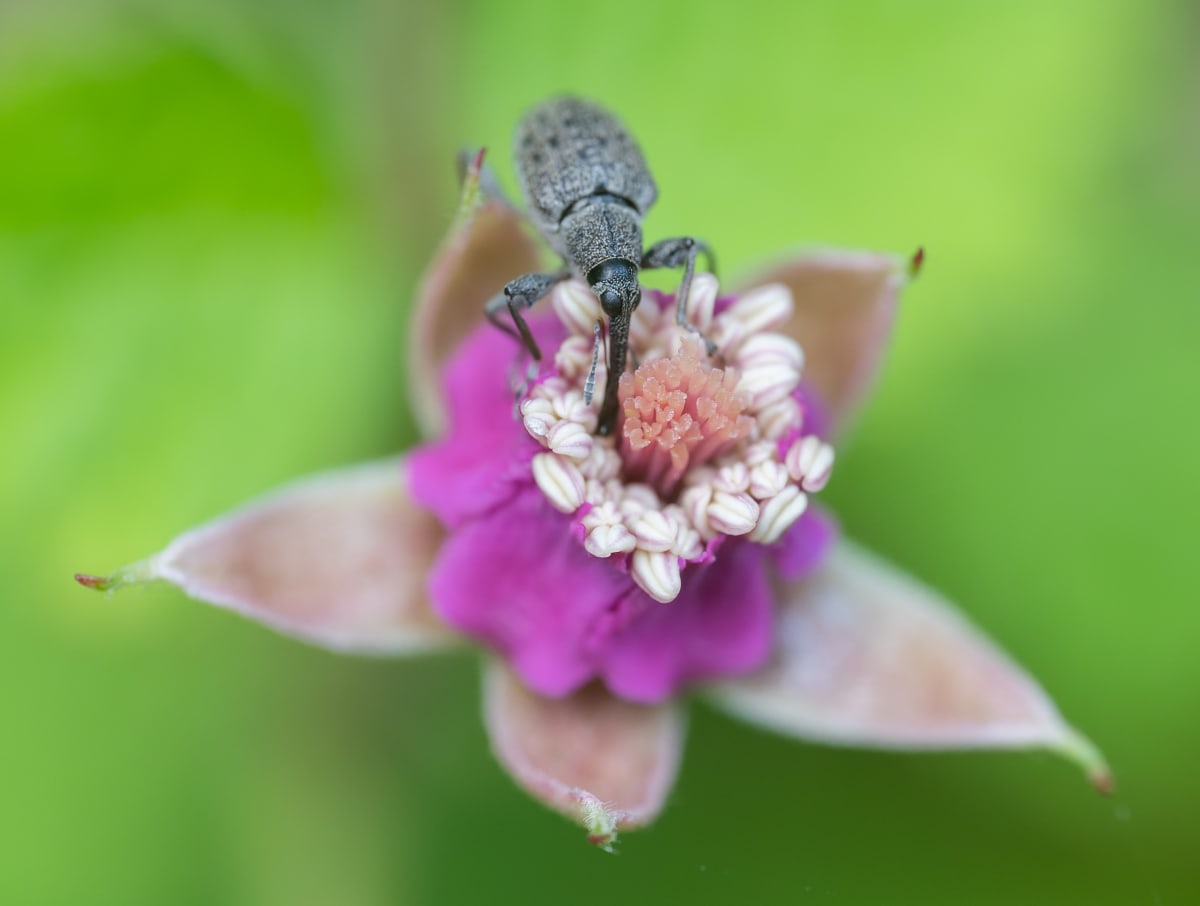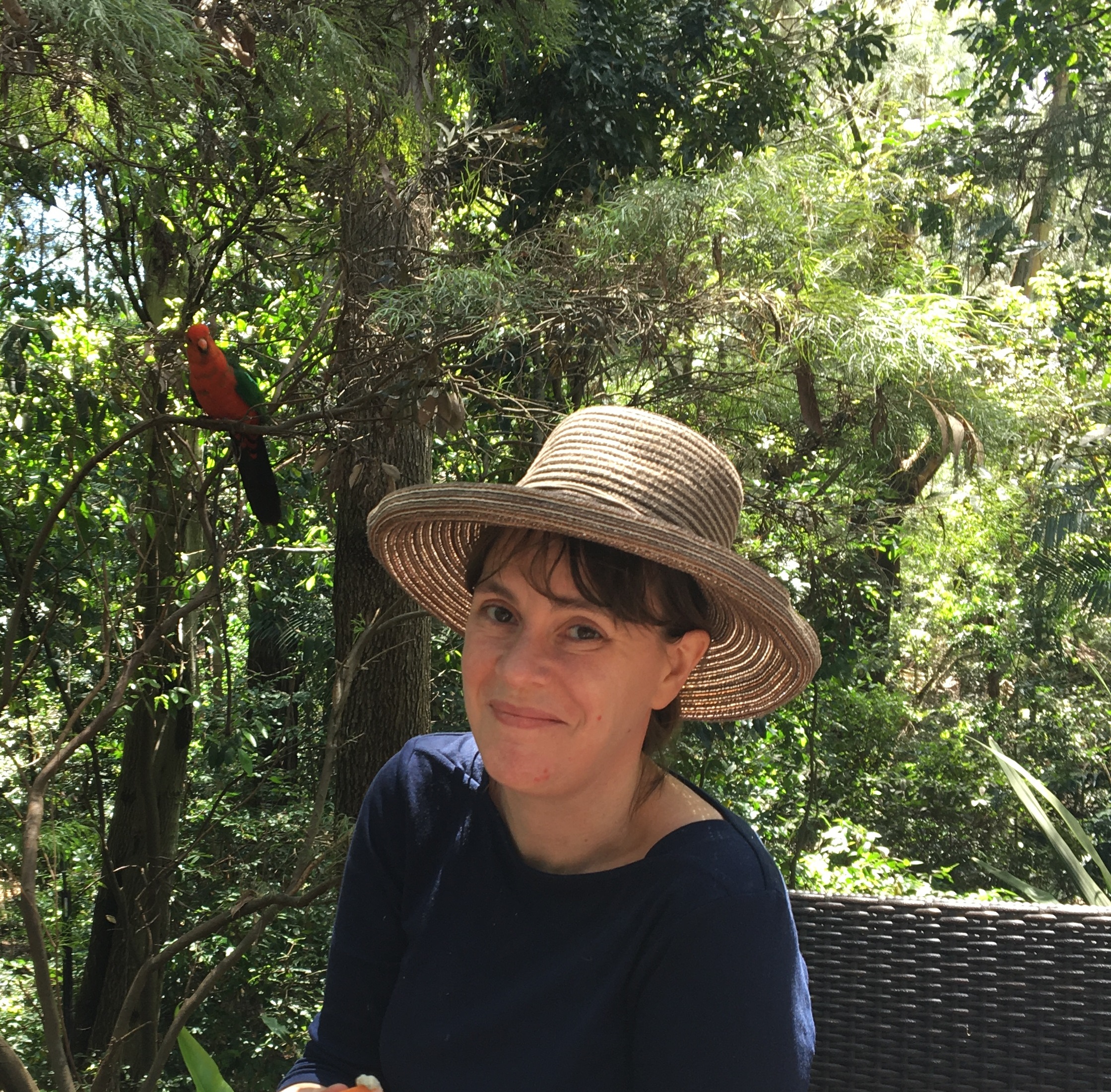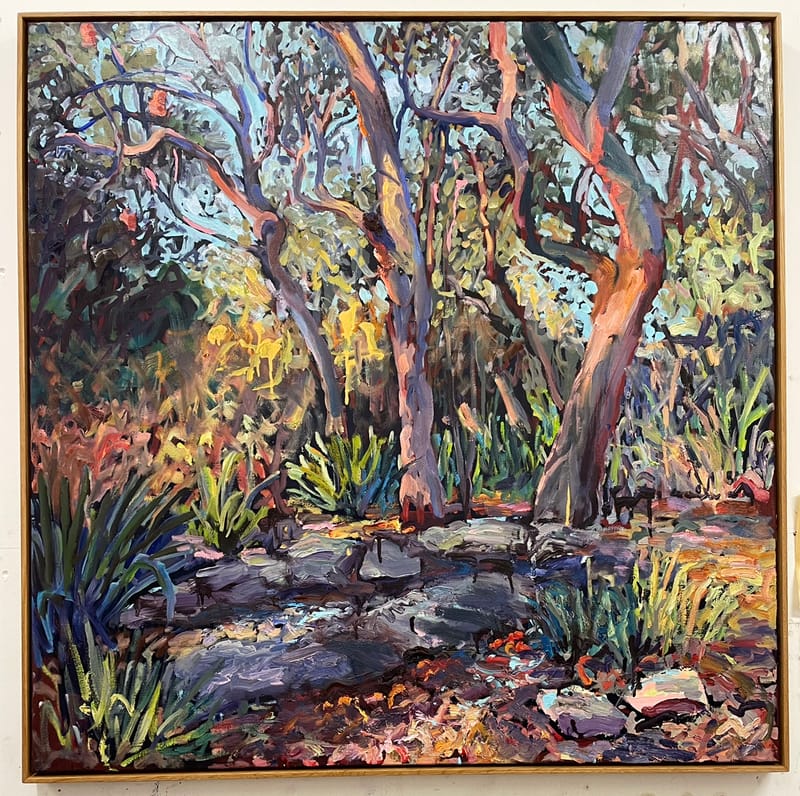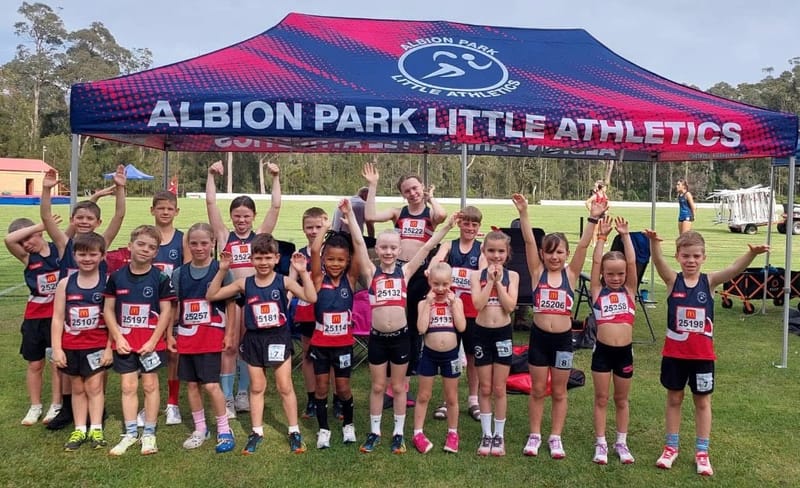Where the wild raspberries are
It's wild raspberry season! Did you know there are four native Raspberry species that call this region home? They're all putting out flowers at the moment, and the most common species, the Rose-leaf Bramble (or Rubus rosifolius), is also covered in...
It's wild raspberry season!
Did you know there are four native Raspberry species that call this region home? They're all putting out flowers at the moment and the most common species, the Rose-leaf Bramble (or Rubus rosifolius), is also covered in its characteristic dark red, thimble-shaped fruit.
Rose-leaf Bramble forms dense and prickly banks or swathes, up to a metre or so in height, which create perfect habitat for small birds. You can see this plant in action along parts of the Mt Keira Ring Track. The fruit of Rose-leaf Bramble are quite yummy, though they can have a resinous after-taste, and they're best when they are perfectly ripe, not before and not after. As they're also popular with birds, it's best to leave some to share.
Thankfully, the sheer prickliness of Rose-leaf Bramble means that even the most intrepid human raspberry-gatherer will usually retreat leaving a few fruit unharvested.
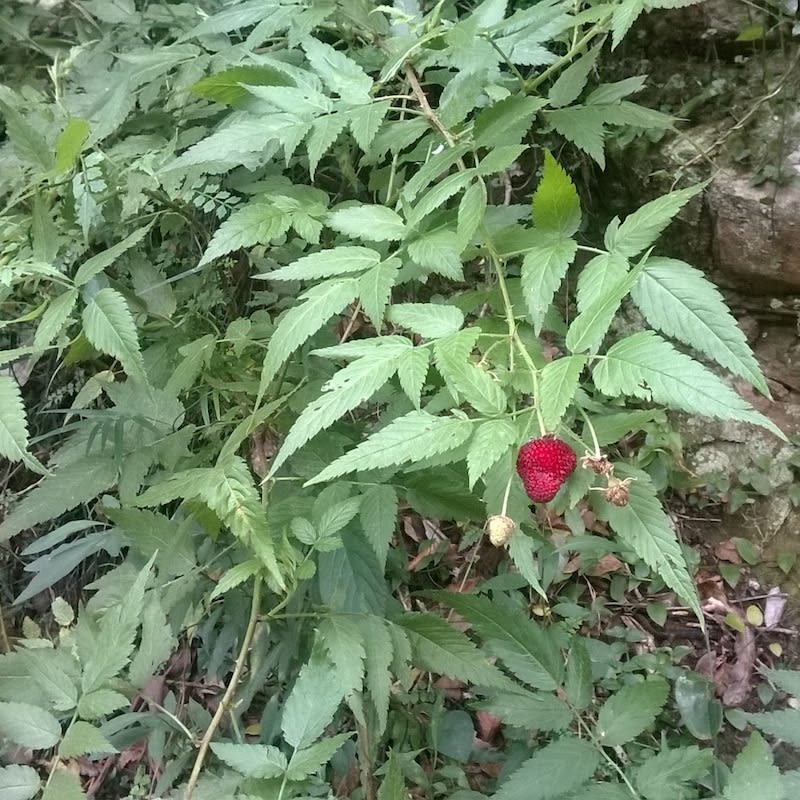
And this prickly quality can be used to advantage, particularly in gardens or natural areas where deer are out and about doing damage. Rose-leaf Bramble is unattractive to deer as a feed plant, and it actively repels them from travelling through an area, so it can be used as a hedging or border plant to keep them out.
The other native raspberry species can do similar work, though they're all less commonly seen. They include the Native Raspberry or Small-leaf Bramble (Rubus parvifolius) which has incredibly pretty leaves, and delicious though quite tiny fruit. It is a favourite of insect pollinators such as weevils like this one we spotted in our back garden the other day.
Local native Raspberries have not been cultivated for traits attractive to us humans, but they are important elements in our local plant communities, and we can enjoy their fruit while sharing with the local critters.
